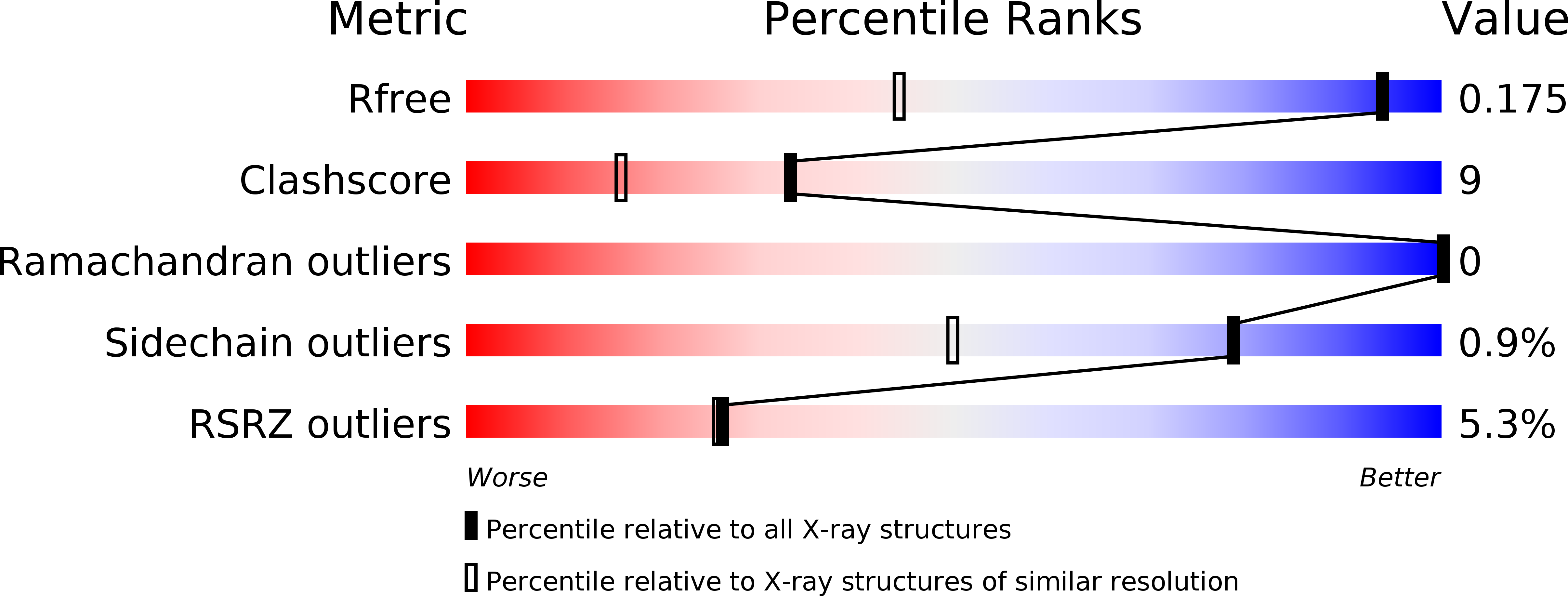
Deposition Date
2016-05-18
Release Date
2017-12-13
Last Version Date
2023-09-27
Entry Detail
PDB ID:
5K26
Keywords:
Title:
Structure of the SH3 domain of MLK3 bound to peptide generated from phage display
Biological Source:
Source Organism:
Homo sapiens (Taxon ID: 9606)
Host Organism:
Method Details:
Experimental Method:
Resolution:
1.20 Å
R-Value Free:
0.16
R-Value Work:
0.13
R-Value Observed:
0.13
Space Group:
P 31


